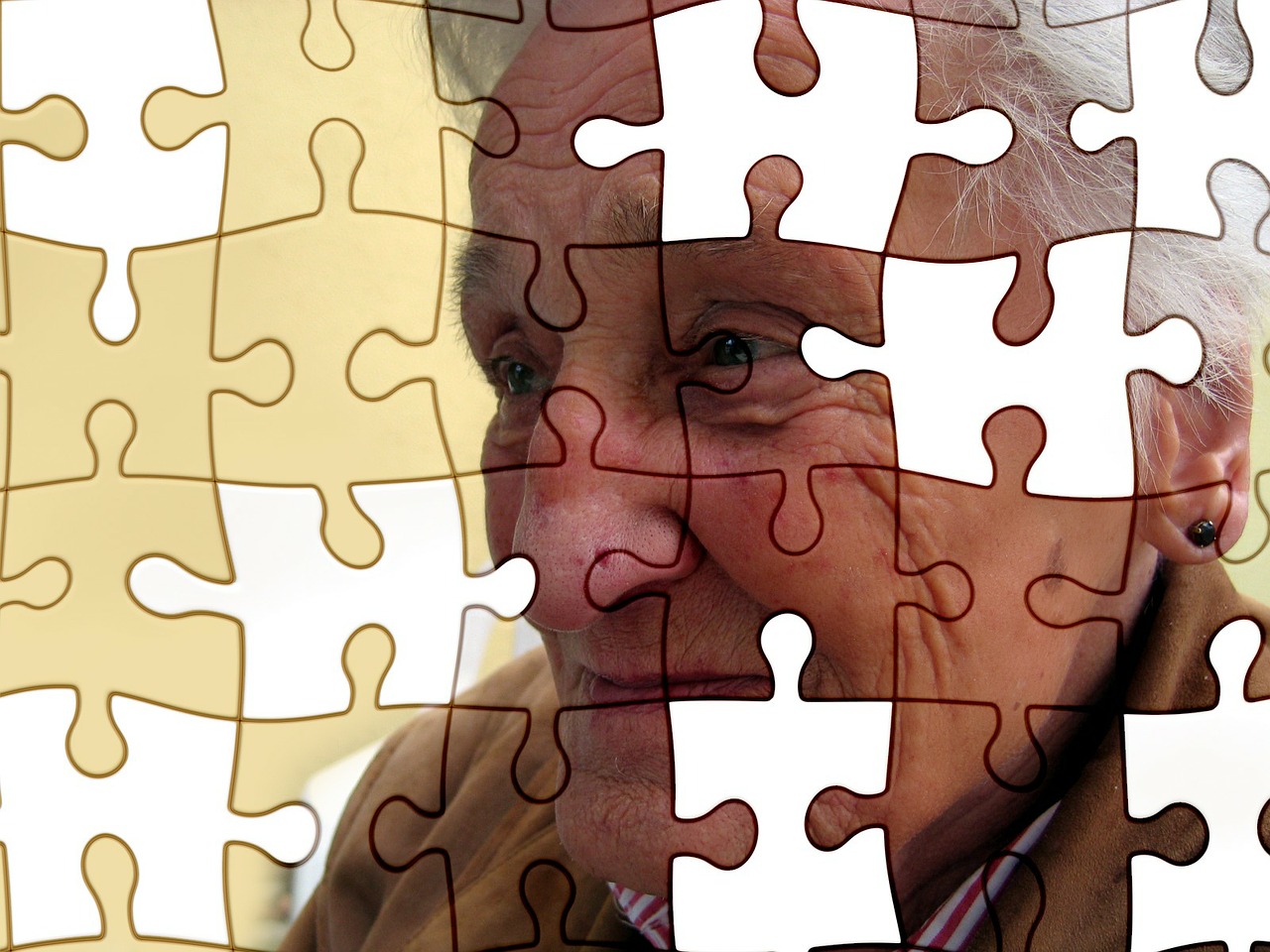
What We Are Still Getting Wrong in Understanding Alzheimer’s Disease?
Designated by President Ronald Reagan in 1983, November is National Alzheimer’s Disease Awareness Month, a time when fewer than two million Americans suffered from this progressive disease. Today, it affects 5.8 million people. While we certainly know more than we did in 1983, there are many things that we still don’t yet know about Alzheimer’s disease and things we are still getting wrong. But the first step is getting yourself the help and support you need through hospice in San Francisco and elsewhere.
Alzheimer’s is a general term describing memory loss and other cognitive abilities that have degraded enough so as to interfere with activities of daily life, accounting for 60 to 80 percent of dementia cases, says the Alzheimer’s Association. There have been many hopeful advancements in technology, research, and funding, an endeavor that has made Alzheimer’s research one of the top priorities for the scientists and doctors of today.
What We Know
Researchers still don’t have a full grasp of why Alzheimer’s occurs in the first place, but here are the things they do know:
- Physically active people fare better.
- People who eat a healthy diet also do better, such as the Mediterranean diet comprised of fruits, veggies, herbs, nuts, beans, and whole grains.
- People who keep their social lives and mental stimulation in peak form may put off the effects of Alzheimer’s, such as through playing games, doing puzzles, and engaging with friends.
- Tau and amyloid proteins (two abnormal proteins in the brain) are the top signs of Alzheimer’s disease.
- These proteins can accumulate in the brain up to 15 years before one develops symptoms, and the first indication is short-term memory loss.
- Research shows that impaired blood flow within the brain results from the buildup of tau tangles — indicators of cognitive decline.
- Alzheimer’s disease can be diagnosed at even earlier stages today.
- According to Northwestern Medicine, the most successful current test for Alzheimer’s is a lumbar puncture that can analyze the patient’s cerebrospinal fluid in the search for the presence of tau and amyloid proteins.
- Bacterial metabolism of dietary soy can lower dementia risk.
- There are five Alzheimer’s drugs approved for use by the U.S. Food and Drug Administration. These can only treat the symptoms of Alzheimer’s
- Many conditions such as diabetes, high blood pressure, and high cholesterol can increase the risk of developing Alzheimer’s.
- There has been a strong link detected between future risk of cognitive decline and head trauma, particularly in the event that those accidents result in loss of consciousness.
Alzheimer’s research is always evolving, but many experts know that the symptoms of Alzheimer’s — or even the risk of developing the disease at all — can be reduced through lifestyle changes, like engaging in a heart-healthy diet and getting more physical activity.
What We May Be Getting Wrong
At the same time, scientists and doctors are realizing that what they thought they knew even a few years ago may not be correct at all, or at least in part. Truth is, there are very few answers about this disease, but thanks to lots of funding for research, new treatments and developments will be forthcoming. Here’s what we are still getting wrong:
A lot of what we believed about dementia has been wrong, points out Healthline. It was previously believed that it was correct to use the terms “Alzheimer’s” and “dementia” interchangeably, but in fact, now Alzheimer’s disease is just one of the many paths that can lead to dementia. Clinical trials have revealed that not all people believed to have Alzheimer’s disease actually have this condition. In fact, many people enrolled in clinical trials for Alzheimer’s drugs did not have amyloid in their brain — which is a sticky substance responsible for interfering with cognitive processes.
Also, many people with advanced symptoms of dementia did not show signs of either tau or amyloid proteins in their brain at autopsies after death. Rather, a protein called TPD-43 was the main factor.
Another area where scientists are realizing that 100 years of research may be wrong involves the beta-amyloid hypothesis. This theory says that beta-amyloid accumulates in the brain and clumps together, damaging nerve cells in the brain resulting in memory loss. Researchers have been focused for decades on stopping the clumping to halt the disease, but after millions of dollars in research and trials, the approach doesn’t look like it’s working. These conclusions have caused many experts to question the accuracy of the amyloid hypothesis.
More research has to be done, and many more years of trials, but hopefully some day in the future, a cure and more definitive answers will be revealed.
Contact Pathways Home Health and Hospice
We provide care for many Alzheimer’s patients in our hospice and memory care programs. We also do our part to support family caregivers who have loved ones suffering from this disease and offer support groups for families. To learn more about our dementia care services, contact us at 888-978-1306.

